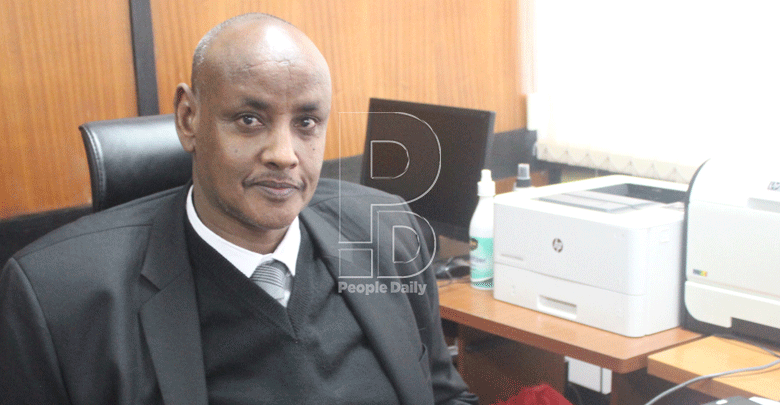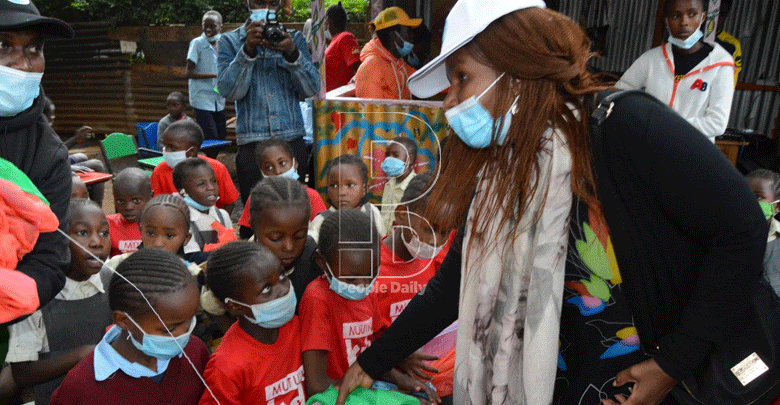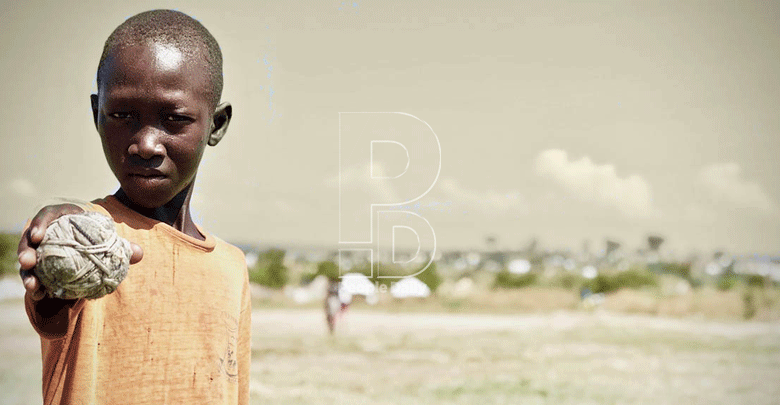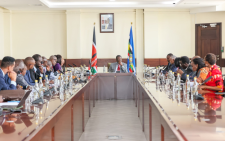Better reforms would keep children safer

Harriet James @harriet86jim
It’s been 30 years since the adoption of the African Charter on the Rights and Welfare of the Child. What are some achievements we have attained ever since?
In 2001, we developed the Children’s Act which spells out the rights of the children while taking care of their safety, protection and development.
Kenya is a signatory to some regional and international statutory the most popular being the UN Convention On The Rights Of The Child and the African Charter On The Rights Of The Child, which have been incorporated into the Act.
Before that all legislation and protective instruments on the rights of children were disjointed in different articles.
In 2010, when our constitution was amended, The Children’s Right Act was enforced and structures put in place since we borrowed colonial laws where children were just young persons and nothing in the constitution fought for their rights.
We have also increased community awareness and we currently have child protection committees, child technical working groups and actors taking care of children at a community level.
In terms of special service for children we have rehabilitation centres and remands, which were not there at one time.
But as a department we are already concluding to have a care reform strategy for children to see how best our children could be rescued from institutional care back to family care as that is where they belong.
United Nations Children’s Fund (Unicef) is backing the care reform strategy and we expect that by the end of this month it will be done and launched.
We have also created many departments to ensure child protection is enhanced.
Much has taken place in terms of education not just in numbers but access, retention, completion and transition and quality and care and facilitation.
Health too has changed in terms of child mortality, morbidities, issues of maternal death, children survival, and access to nutrition.
Besides violence, what other issues are facing children today?
One of the main issues is birth registration, which is not fully given to children as it should.
Unknown to many parents, this is a child’s right since registration is not only limited to acquiring services such as registering for education, but it’s a basic right and relates to the identity of the child.
Secondly, we have cyber bullying and crimes and we are developing a policy on online sexual violence and exploitation together with Unicef, which will have a focus on protecting our children online.
Last year, Kenya joined the WeProtect Global Alliance and through this we will be able to make initiatives that ensure children are protected online.
We also have a DCI unit in South C that deals with human and child trafficking and protection that addresses issues in collaboration with other agencies and significant actors in the area.
Also we have an issue with street families, but under the Street Family Trust Rehabilitation Fund, most of them have been rehabilitated in institutions and are receiving support from the department of children services, state actors, individual charities and other goodwill organisations.
As the advisory arm of the government, we were giving the necessary advice and policy guidelines regarding that.
The pandemic has increased the impact of child abuse. What is the government doing about it?
The director of social security has launched violence against children survey ,which can be accessed online.
It informs the public on how violence manifests, the levels and there is a national response plan for the protection of children that has also been out in place.
A campaign dubbed ‘Spot It, Stop It’ was also put in place to notice and put an end to violence.
The ministry of Education also conducted surveys and ample awareness was also done on the issues.
But still we know that despite the measures in place, there are still challenges our children are facing.
Development and child protection is not a one-person thing. I urge parents to be on the watch out.
Most problems happening to our children happen either with commission or omission of the parents and the community.
It’s a paradox that right now when the children are in school, we are experiencing low rates of abuse when the homes should be the safest and protective place that children can stay.
The criminal justice system has for a long while been unfriendly to children. What changes have been made when it comes to this?
There was a time when children were treated as adults, but currently, there are special systems designed for them and now they have their own courts, their own gazette, and child-friendly magistrates and judges.
Nevertheless, it is our hope that more reforms will continue to make children safer in the courts.
For example, all children cases sometimes take long and that is not friendly to the child.
The more a case involving a child drags on, the more the child suffers whether its custody or even adoption.
The child has their own way of interpreting things and during custody cases, each parent wants to show that they have the child’s best interest and here is where the child ends up being traumatised by events.
Another issue is that when it comes to community intervention in some cases such as child defilement or physical and emotional abuse, sometimes the best interest of the child is not at the centre of the case, and this means that the child ends up suffering.
The money taken to bring back the community’s pride is not even used to take the child to the hospital and the elders win at the expense of children.
Here is where we still have an issue and to protect our children, such laws should be done away with.
What are the challenges that the council is facing in performing its mandate?
The biggest challenge is resources. With resources, we will be able to have adequate staff, expansion of our services to every county.
The second challenge is loss of societal norms and values, because if people revisited the old cultural practice where the child belonged to the community and would be disciplined by everyone, then our work would be easier.
There is also duplication of roles which brings confusion and this affects implementation.
The council should be fully structures and mandated to do its role well. We also need a national data base to feed all the information relating to children.










